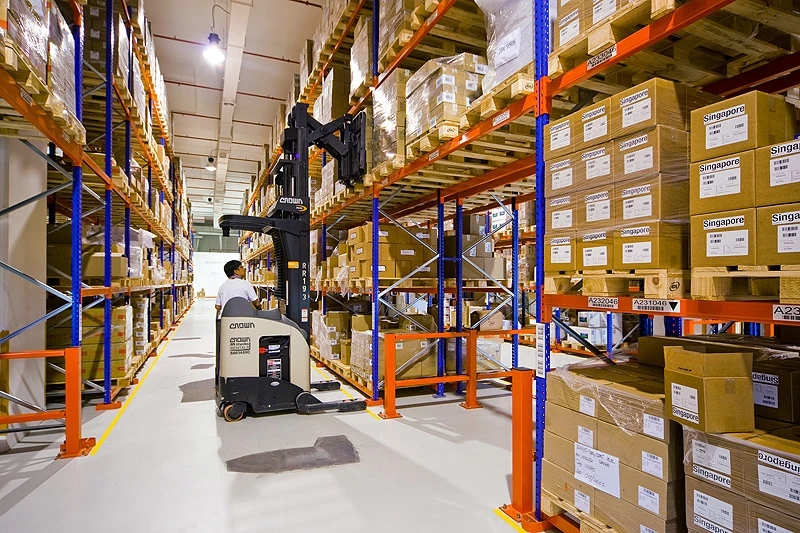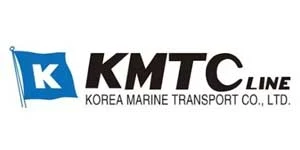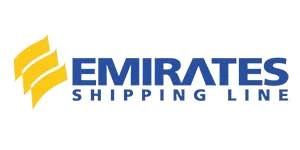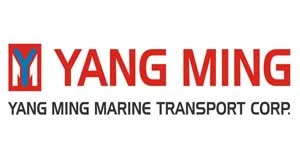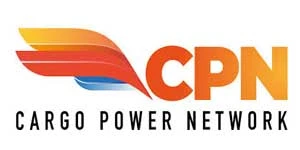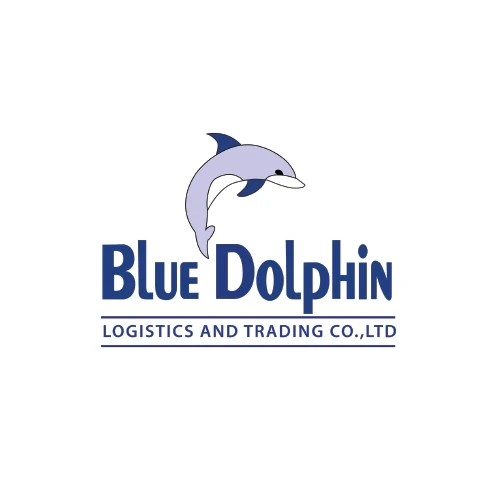1. What is Ocean Freight?
O/F stands for Ocean Freight, a familiar term in the field of logistics and maritime transport. In English definition, it simply means sea transport, however Ocean Freight surcharges refer to ocean surcharges.
So Ocean Freight often refers to the basic costs related to transporting goods by sea from one point to another.
Ocean freight surcharges (O/F) in ocean transport are not fixed and can change depending on the shipping line's policy. When there is an adjustment to the ocean freight surcharge, the shipping line will notify the shipper before officially applying it. Therefore, the shipper needs to grasp information about O/F surcharges to accurately calculate the total cost.
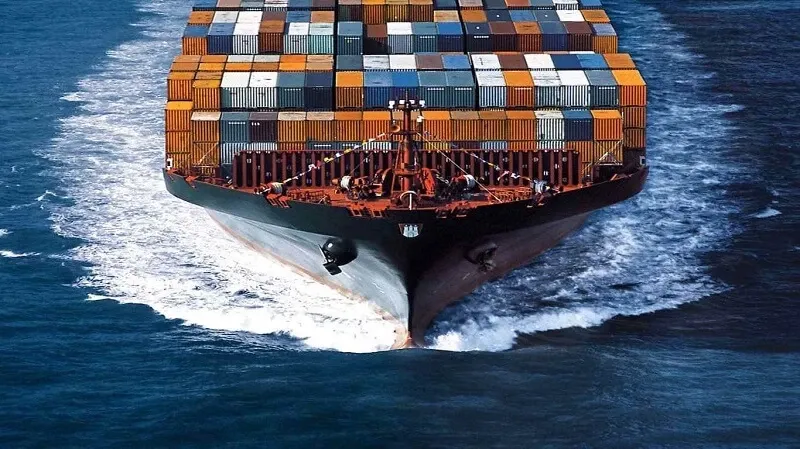
In addition to ocean freight surcharges, shippers also need to be aware of the various surcharges that apply to different sea routes and commodities. It is essential to carefully study these other surcharges to prepare for costs and avoid unnecessary difficulties.
2. Who pays the Ocean Freight fee?
Who is responsible for paying the ocean freight depends on the delivery terms agreed upon by the buyer and seller in the sales contract.
If the delivery terms are DAT, CFR or CIF, the seller will be responsible for paying the ocean freight. The delivery terms in which the seller is responsible for delivering the goods to the port of destination (type D) or is responsible for paying the fees (type C).
If the delivery terms are FCA, FOB or EXW, the buyer will be responsible for paying the ocean freight. These delivery terms mean that the seller is responsible for delivering the goods to the shipping line (type E and F).
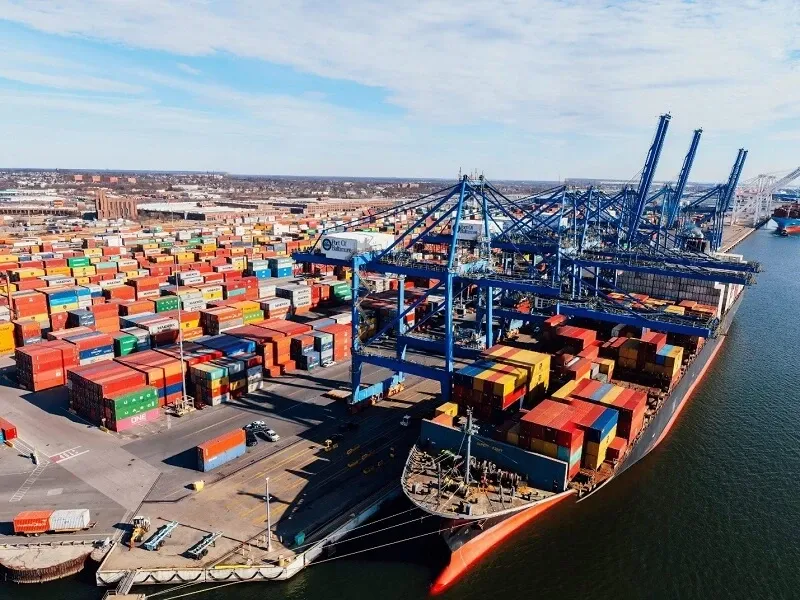
3. How to calculate O/F freight
O/F freight is usually calculated based on:
- Trade route: Specific routes may have different rates.
- Distance traveled: The distance from origin to destination affects the freight rate.
- Cargo weight/volume: Some shipping lines calculate freight by weight (kilogram) or cubic meter (CBM).
- Cargo type: Cargo of different nature (dry cargo, refrigerated cargo, dangerous goods) may have different freight rates.
- Container size: 20ft, 40ft, 45ft containers have different freight rates.
- Normally for large cargo, the calculation formula is as follows
O/F = (Length x Width x Height) x Quantity
4. Typical Ocean Freight Costs
O/F costs can vary depending on the route. For example, a China to US (West Coast) route costs around $1,497/20’ container compared to a China to Northern Europe route of $910/20’ container. You can compare relative rates for different departures and destinations to get an idea of the specific costs.
5. Factors that affect O/F rates
- Supply and demand balance: Rates can vary based on supply and demand on specific routes.
- Fuel prices: Fluctuations in fuel prices can affect shipping costs and freight rates.
- Foreign exchange rates: Fluctuations in foreign exchange rates can change freight rates.
- Seasonal demand fluctuations: Some routes have high demand during specific seasons, increasing freight rates.
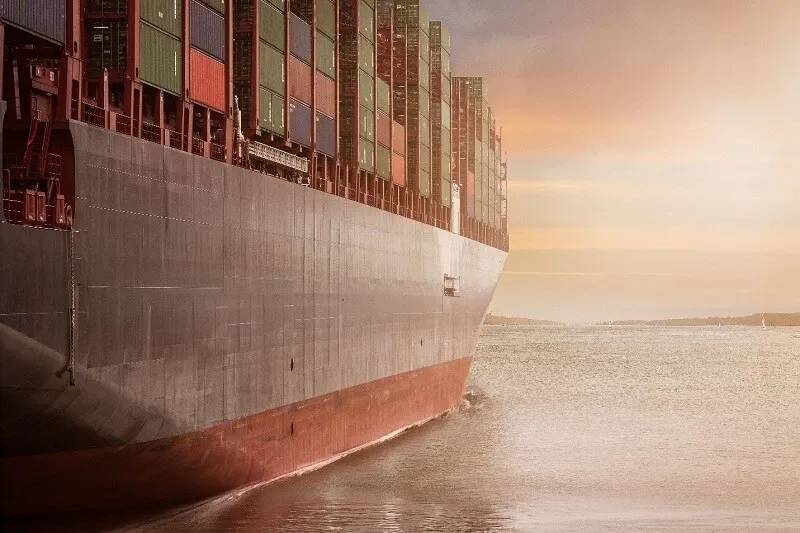
6. Ocean Freight Costs vs. Total Ocean Freight Costs
In addition to the basic O/F freight, there are other costs such as port charges, customs clearance fees, and taxes. These should be considered when calculating the total ocean freight cost.
- Boiler Price Fluctuation Surcharge (BAF): Collected to cover the cost of fuel for the cargo vessel.
- Cash Rate Fluctuation Surcharge (CAF): Collected to cover the cost of foreign exchange fluctuations.
- Container Imbalance Surcharge (CIC): Collected to cover the cost of moving a large number of empty containers from a surplus container area to a shortage container area.
- Change of Destination (COD) Surcharge: Collected when the shipper requests a change in the destination port.
- Delivery Charge at Destination (DDC): Collected to cover the cost of unloading the vessel, arranging the container into the port, and port entrance fees.
- Panama Canal Surcharge (PCS): Collected for shipments that must be transported through the Panama Canal.
- Port Congestion Surcharge (PCS): Collected when the loading or unloading port is congested.
- Peak Season Surcharge (PSS): Collected during peak shipping times.
- Suez Canal Surcharge (SCS): Collected for shipments that must be transported through the Suez Canal.
- Terminal Handling Surcharge (THC): Collected to cover the costs of cargo handling operations at the port.
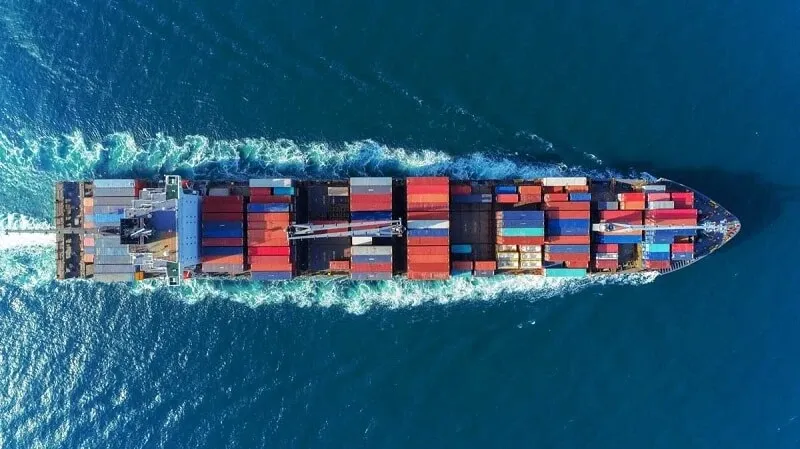
7. O/F Benefits of Using Forwarder Services
Using the services of a freight forwarder can help you save more costs as they have the ability to book ocean freight rates with the best shipping lines and service providers. InterLOG, with good relationships with many large and small shipping lines, can provide you with the best O/F rates and quality logistics services.
Hopefully, this article has helped you better understand Ocean Freight and how to calculate freight rates. For more information and advice on ocean freight services, please contact us at Blue Dolphin.







